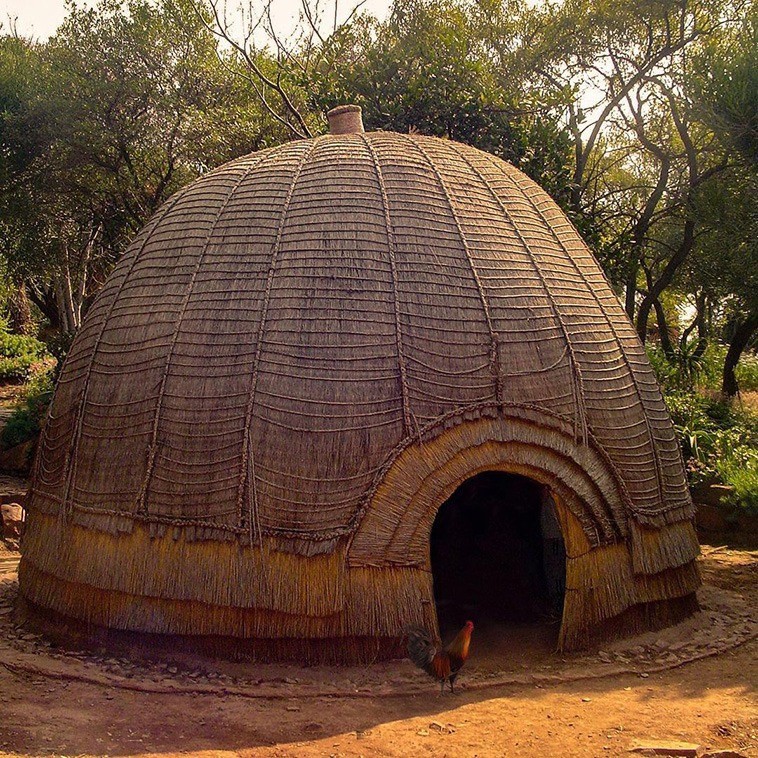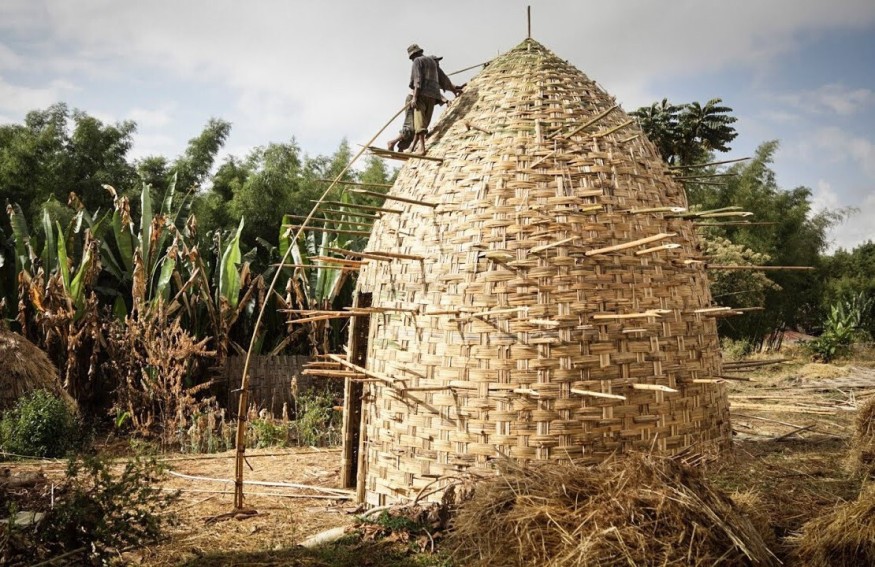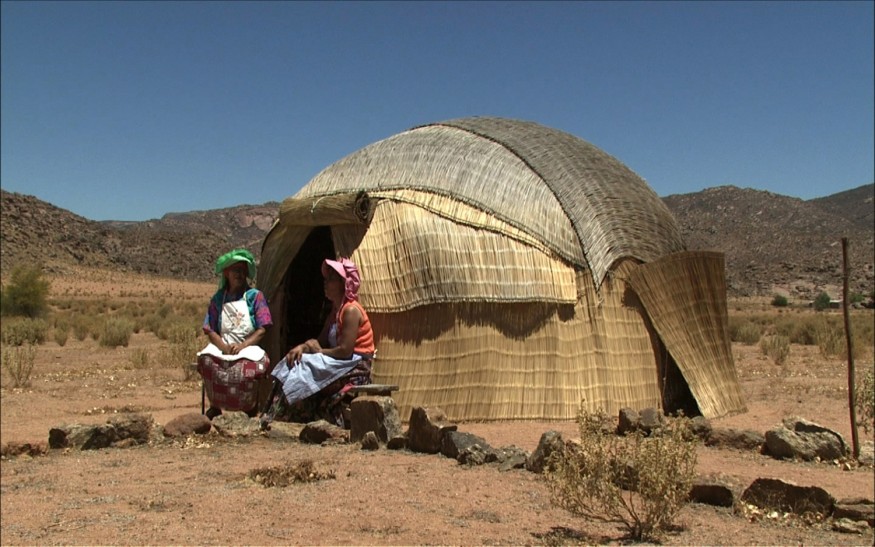African Vernacular Huts: The Art of Weaving Architecture and Culture Into Harmony

Weaving, traditionally seen as a technical craft, has transcended its conventional boundaries to become a profound method of designing material experiences. It goes beyond creating intricate patterns; it allows us to structure, communicate, reflect on, and connect with our designs. The exploration of different fabric structures through weaving provides valuable insights into how materials behave under tension and compression, pushing the boundaries of textiles and their inherent limitations.
In architecture, the construction mechanism of weaving takes center stage, turning shelter into a direct manifestation of material production. Weaving offers a unique perspective on the interaction between form and function and presents environmental and social benefits, creating shelters that actively engage with materials, tools, technologies, and creative potentials. This article delves into the significance of weaving in the context of African vernacular huts, where the intricate art of weaving extends beyond aesthetics, forming a socio-climatic architecture deeply rooted in the cultural fabric of diverse communities.
The Round Hut as a Cultural Icon
The round hut, a prevalent architectural form in many African cultures, symbolizes communal gatherings and councils. Known by various names such as Mbukushu in Angola, Dumela in Botswana, and Dorze in Ethiopia, it reflects the natural circular rhythm of indigenous societies. While different construction techniques utilize stone, brick, or mud, weaving stands out for its ability to blur the distinction between walls and roofs, creating a continuous surface for the hut.
This article explores the socio-climatic architecture of woven African huts, with a focus on Zulu huts, Dorze huts, and Nama huts, shedding light on how these structures are not merely shelters but intricate reflections of climate-responsive design and communal engagement.

Zulu Huts
Zulu huts, known as iQukwane, are dome-shaped structures representing the primary vernacular dwellings of the Zulu people. Constructed with a frame created around a circular profile, wooden poles bent inward to form the structure. They are weaving dried grasses into a thatch covering, creating distinctive dome-shaped architecture. The construction process is communal, with men collecting sticks and weaving a structural pattern while women bind and thatch using braided split reeds and grass.
The intentional low door regulates the interior climate, allowing for efficient ventilation. The weaving of wood and reeds creates stable structures that provide warmth in winter and coolness in summer. The unique patterns of the huts enable indoor heating, as smoke escapes through the door or thatch, offering a continuous fumigation effect. Zulu huts epitomize the harmonious relationship between community engagement, climate responsiveness, and architectural ingenuity.
Also Read : Croatian Artist Tomislav Horvat's Extraordinary Journey Crafting Life-Size Sculptures With Matchsticks

Dorze Huts
In the Rift Valley Mountains of Southern Ethiopia, the Dorze people showcase their expertise in splitting and weaving bamboo. This skill is not limited to constructing huts but extends to various aspects of their daily lives. The process involves breaking, flattening, and removing the pith from bamboo, making it flexible enough to be woven between uprights set into the ground.
Dorze huts are meticulously crafted, with bamboo pieces woven in rings of decreasing size until closed with a separate crown woven on the ground. The gradual shrinkage of the house due to natural elements necessitates the periodic rewoven door and porch, fostering constant interaction with the material and techniques—this cyclic engagement with nature and time results in a symbiotic relationship between the hut and its environment.

Nama Huts
Traditional Nama settlements in the valleys of the Richtersveld desert in Namibia feature round huts constructed using branches and covered with woven reed mats. Designed for the nomadic lifestyle of the Nama people, these lightweight homes are easy to dismantle and rebuild in new locations when resources become scarce.
Constructed with structural branches inserted into drilled holes in the ground, the huts are assembled in a honeycomb shape using woven reed mats. This assembly aspect makes transportation and coupling convenient, reflecting the nomadic adaptability of the Nama people. The woven mats allow light and ventilation to pass through, and during rare rainy days, the porous mats absorb water, maintaining a dry interior. Women and men participate in the meticulous construction process, demonstrating the artistry embedded in the Nama culture.
Weaving as Social and Climatic Infrastructure
In conclusion, these woven huts reveal the intricate nature of weaving as a social and climatic infrastructure. Beyond Zulu, Dorze, and Nama huts, additional case studies, such as Tukul and Mursi huts, Hadzabe huts, and Maasai huts, further emphasize the cultural importance of weaving techniques in creating unique architectural forms that engage with materials, climate, and community. Weaving contributes to the structural stability and environmental adaptability of these huts and reflects the rich cultural heritage and traditions of African societies. Through weaving, these vernacular dwellings embody a harmonious blend of craftsmanship, functionality, and aesthetic beauty, resonating with the timeless spirit of African communities.














